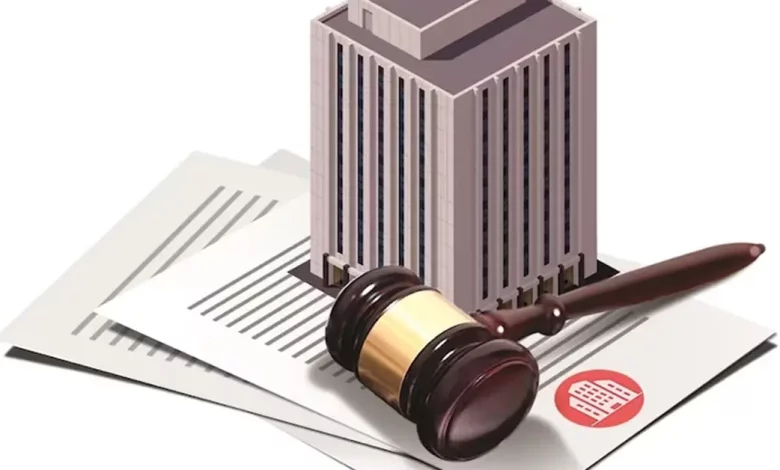
Context: Many people have been analysing the performance of the Insolvency and Bankruptcy Code (IBC), 2016, using a decision-oriented systematic analysis (Dosa) approach. This approach involves determining the desired appraisal outcome and then creating a methodology to achieve that outcome.
Details about IBC and its functions:
- The implementation of the IBC has brought about a significant cultural shift in the relationship between lenders and borrowers, resulting in improved borrower behaviour.
- Prior to the IBC, lenders had limited recovery options, which led to a low average recovery rate.
- However, under the IBC regime, recoveries have increased substantially.
- This has also led to a reduction in banks’ non-performing assets and an increase in their profits.
- Additionally, firms have shown improved performance and balance sheets, and corporate governance has been enhanced. India’s global ranking in insolvency resolution has also improved, and the country has received recognition for its improved jurisdiction.
- The IBC has also contributed to the stability of the financial system by significantly increasing recovery amounts compared to other resolution mechanisms.
Problems associated with IBC:
- The NCLT benches are overwhelmed with cases because there are only 16 benches and 20 members.
- The resolution processes under the IBC take much longer than intended, averaging 867 days instead of 180 days.
- Resolutions also do not maximise the value of companies, achieving only 86% of their fair value.
- The IBC leads to more liquidations than rescues, particularly affecting struggling or defunct companies with assets valued at only 5% of their claims.
- Some assessments of the IBC’s performance are flawed as they only focus on recovery rates and overlook other factors like equity holdings.
- According to data from the IBBI, only 15% of corporate insolvency cases filed between 2016 and 2019 have resulted in approved resolution plans.
Way Ahead:
- The insolvency litigation process should prioritize reducing the time it takes and the number of cases in order to lessen uncertainties.
- In France, recent reforms have lengthened the process to ensure that certain disputes are fully resolved by the court before a restructuring plan is approved.
- By giving more power to the insolvency professional or a supervisory judge, as is done in France, they can have the exclusive authority to make important settlements with insolvent companies, some of which may need court approval.
Conclusion:
The implementation of the IBC, if done efficiently and within a specific timeframe, can lead to significant benefits for both the corporate sector and the overall economy.
Source: Business standard
Practice question:
Q. Which of the following is true regarding insolvency and bankruptcy?
- Insolvency always leads to bankruptcy.
- Bankruptcy is a financial condition indicating debt repayment ability.
- Insolvency is solely determined by legal proceedings.
- Bankruptcy is a legal process initiated as a result of insolvency.





.png)



